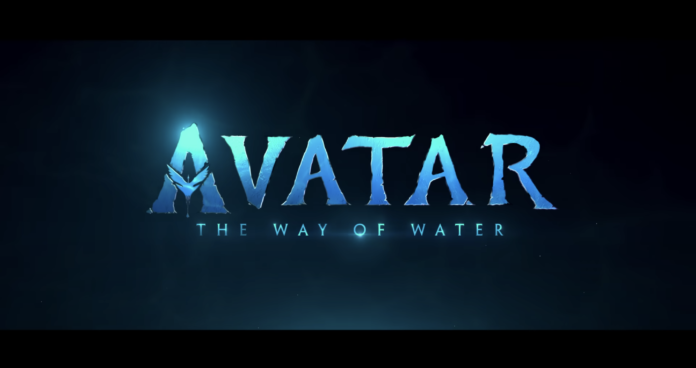Avatar: The Way of Water was released in mid-December and is a sequel to the 2009 highest-grossing movie of all time, Avatar. The film follows the story of the Na’vi, a blue-skinned people on the alien planet Pandora.
The creators of the film say they drew inspiration from Polynesian Indigenous groups for the Na’vi people.
Like its predecessor, Avatar: The Way of Water faced criticism for being a “white saviour” film and containing harmful stereotypes about Indigenous people, such as the “noble savage” stereotype.
In a video interview with The Wrap, director James Cameron said there were many conversations about cultural appropriation during the production of the film.
“At what point are you no longer honouring and celebrating a culture, but actually extracting and exploiting?” he asked.
Cameron explained in the interview they “tried to walk a fine line,” trying to celebrate Polynesian culture in general and add their own creative take on tattoos and wardrobe.
Tanner Augustine, a Mi’kmaw student from Elsipogtog First Nation in his third year of a history degree at St. Thomas University, went to see the film with his family.
He sarcastically dubbed it as “a bit too white-savioury” for his taste.
He said the second film took cultural appropriation further, taking issue with the conglomeration of Indigenous identities in the film.
“It’s too broad. You’ve put us all in one category, but we are very fast and different peoples,” said Augustine.
He continued by saying that the depiction of Na’vi as being in tune with the earth or stereotypical “tree huggers” is not necessarily a harmful stereotype. He would have preferred to see a depiction of an Indigenous people rich with detail and based on the history of a particular culture.
“The worst thing about these movies is they are a grand spectacle, but they’re not memorable. It’s so generic it just fades away,” said Augustine.
Augustine said that most of his family enjoyed the film and did not feel as strongly as he did.
Theo Saulis is a STU history and native studies student in his fourth year, from the Wolastoqiyik community of Woodstock First Nation.
Saulis went to see the film twice and appreciates some ways the Na’vi people were portrayed but was generally disappointed in how Indigenous culture and history were represented.
“It tells a story of colonization in a way that is sugar-coated or dehumanized,” said Saulis.
He said the Na’vi people being portrayed as aliens dehumanizes the historic event of colonization by portraying it in a science fiction context.
Saulis’ main criticism was that both Avatar films made billions of dollars and are capitalizing on “genocide, murder and colonialism.”
Saulis made it clear that he appreciated how Indigenous cultures were portrayed in a positive way and not just as “warriors with bows and arrows.” For example, he appreciated the way the Na’vi people were shown as being very respectful of the earth and welcoming to strangers, especially ones who might be experiencing some kind of marginalization.
While both Saulis and Augustine agreed that the film had some redeeming elements, they were both generally disappointed with the film.

